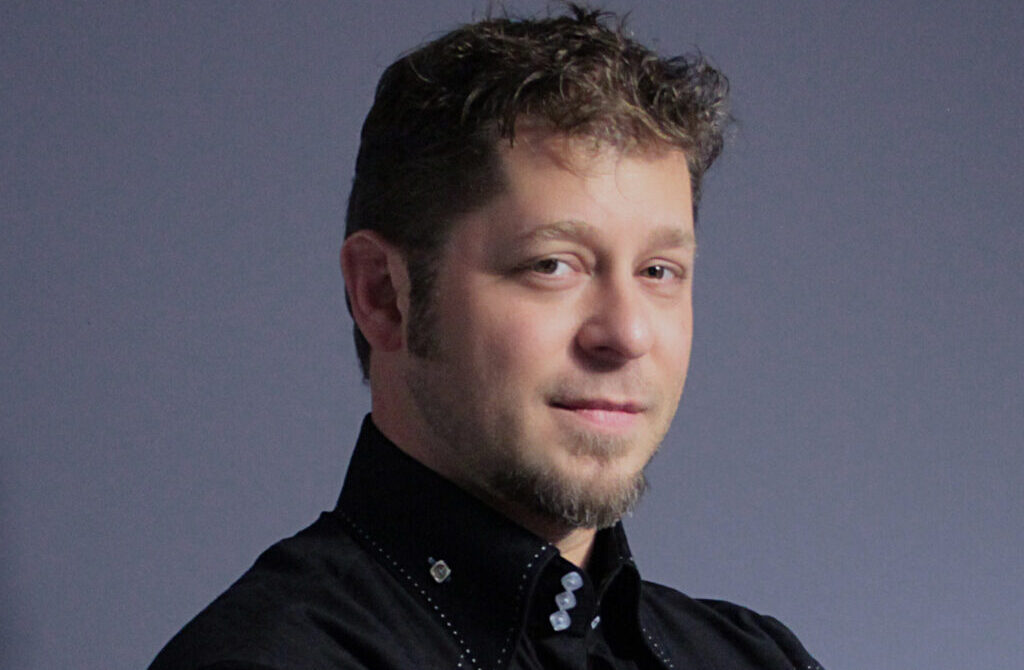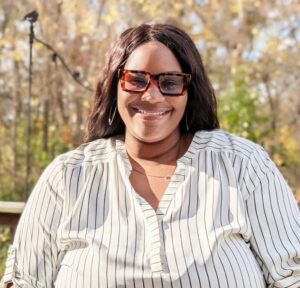How I Got Here: DeadLizard’s Bill Skrief balances it all with a structured timetable
Bill Skrief of DeadLizard shares his approach to balancing creativity, family and business.

Bill Skrief, partner and co-founder of DeadLizard, has expertise in crafting engaging, memorable, and impactful visual stories. Skrief emphasizes collaboration, integrity, and perspective as essential components of successful design. But he credits long-lasting relationships as key to his personal success.
The moment I’m proudest of in my entire career is when I:
Personally, it was a groundbreaking moment when I started my first company, Iguana Interactive, down on Wall Street back in 1999. However, it wasn’t until the internet bubble burst a few years later, forcing us to shutter our doors, that the real professional opportunity presented itself. A number of our previous clients had independently reached out to me to continue working with them, but only on the condition of reincorporating as a new company. I partnered with Todd Reinhart, and we began our 20+ year creative journey as DeadLizard.
It’s difficult, to say the least, to rebound after the demise of something you’ve poured your heart and soul into, but I quickly learned that creating long lasting relationships is the key to success. That’s why I feel DeadLizard, though it spans a couple decades, and as a whole, is my proudest “moment.”
One thing that worries me about the future of my profession is:
AI has the ability to automate and streamline many creative tasks that have historically required human judgment and input. AI presents questions about the originality and distinctiveness of creative production, even though it can increase productivity and efficiency in jobs like data processing, pattern recognition, and even basic design or content generation.
AI algorithms run the risk of imitating human ingenuity to the point that it becomes difficult to distinguish between content created by humans and content created by AI. A glut of generic, algorithmically-driven creative work devoid of the complexity, emotional resonance, and original thought could result from this.
Furthermore, employing AI to complete creative work will probably limit the chances available to human creatives, which could have an effect on job responsibilities and career prospects in the field. Additionally, there is the ethical consideration of AI in creative professions, which includes concerns about ownership, copyright, and the appropriate use of content generated by AI.
In the end, it presents the design industry with exciting opportunities to use cutting-edge tools and insights, but it also calls for a careful balance between utilizing its advantages and maintaining the unique qualities of human creativity & expression in the area.
One way I stay creative and motivated is:
Maintaining a curiosity-driven learning approach is one method to stay innovative and motivated as a designer. Always be on the lookout for fresh insights, methods, and understanding from a variety of fields outside of design (sometimes the further afield the better).
A few examples of how creatives might stay inspired and motivated include studying subjects like psychology, sociology, and anthropology. Understanding human behavior and emotions through psychology can help designers create works that have a strong emotional connection with people (ex.: understanding that something as simple as a stimulating environment can assist with the creative thought process). Sociology offers insight into cultural dynamics and societal trends, which influences meaningful and significant design decisions (ex.: different cultures have very distinct aesthetics). By studying human cultures and histories, anthropology provides insights that might guide inclusive and culturally aware design. These disciplines enrich creatives’ perspectives, fostering empathy, creativity, and innovation in their work.
This exploration not only broadens your creative toolkit but also fuels inspiration and keeps your mind engaged with fresh ideas.
The most difficult part of my job is:
My greatest struggle and most persistent endeavor is juggling my dual roles as a creative and a business owner. I’m so passionate about my work that I find it hard to put it down and walk away because it blurs the boundaries between my personal and professional lives. My wife would attest to this: she just doesn’t understand the neurotic love I have for typography…and how I have an adverse physical reaction to fonts like comic sans and hobo.
Since I have to balance the needs of my business and my personal life, this blending of roles requires not only imagination but also discipline. Setting limits, assigning priorities, and occasionally having to make difficult decisions about how best to use my energy are all part of the process of aiming for balance. Ensuring that my well-being is not compromised as my business succeeds is a dynamic process that involves juggling time and resources.
One way I maintain my work-life balance is:
One of the most important things I do to keep my duties as a creative, a business owner, and a family man balanced is to create and closely follow a timetable. I set aside definite blocks of time, clearly assigning hours to managing business operations, as well as for unbroken creative activity. I make sure that specific periods are set aside for family activities and personal downtime. I can fully engage in all aspects of my life without any one area taking precedence over the others because of the intentional structuring of my day. It all comes down to being mindful and concentrated, whether I’m coming up with ideas for a new design, planning how to build my business, or just spending quality time with my loved ones.
I focus on setting time aside for one-on-one personal moments with my wife and three children—enjoying time with my son at the driving range, sharing my daughter’s love of the arts by going to a museum, taking much-needed alone time with my wife on date night, or even doing something as simple as watching videos with my oldest son on his phone. It truly is being mindful of the time spent in the moment.
Oh, and it doesn’t hurt that my daughter will be working with us this summer as a graphic designer intern. I’m so appreciative that I can encourage her passion for art and design and give her the opportunity to pursue it in a formal setting.
A book or song that changed the way I think about my career is:
It isn’t necessarily about “how I think about my career,” but more about inspiring me to follow my dream of becoming an artist. The Prophet by Khalil Gibran provided me with a great deal of inspiration as a teenager, as well as direction throughout my journey as a creative. This masterwork’s poetry essays—especially the ones about work, love, and beauty—resonated deeply with me. His beautifully written passages about loving what we do and appreciating the beauty around us inspired me to follow my passion for art and design.
Khalil Gibran’s profound insights in the essay on ‘Children’ from The Prophet deeply resonated with me, particularly his ideas about the intrinsic freedom and individuality of each soul. His assertion that children are not merely extensions of their parents but their own persons with their own destinies encouraged me to connect with my own early aspirations. Gibran’s philosophy helped me see that pursuing my childhood dream of becoming an artist was not just a nostalgic wish, but a calling that had been with me since the very beginning. His words—about the parent being the bow that sends the child forth as a living arrow—inspired me to honor my truest self by following that innate urge to create, ensuring that my life’s work is a testament to living authentically and passionately as an artist.
Isis Simpson-Mersha is a conference producer/ reporter for Ragan. Follow her on LinkedIn.







